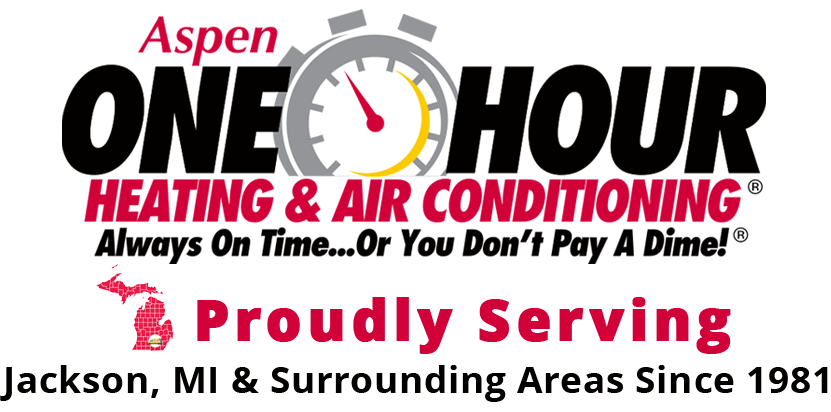A Guide to Indoor Air Quality
The Inside Story
CPSC Document #450
| A Joint Publication of theConsumer Product Safety Commission Environmental Protection Agency |
DISCLAIMER
Information provided in this booklet is based on current scientific and technical understanding of the issues presented and is reflective of the jurisdictional boundaries established by the statutes governing the co-authoring agencies. Following the advice given will not necessarily provide complete protection in all situations or against all health hazards that may be caused by indoor air pollution.
INTRODUCTION
Every day, we encounter various health risks as we navigate our routines. Whether it’s commuting in cars, traveling by plane, enjoying recreational activities, or encountering environmental pollutants, these hazards come in different forms and magnitudes. Some are inevitable, while others are chosen as part of our lifestyle, and there are those we’d avoid if given the chance. Indoor air pollution falls into the category of risks we have the power to address.
Recent years have seen a mounting body of scientific evidence highlighting the severity of indoor air pollution compared to outdoor air, even in densely populated and industrialized urban areas. Studies reveal that individuals spend approximately 90 percent of their time indoors, underscoring the significance of indoor air quality for overall health. Consequently, for many individuals, the health risks associated with indoor air pollution may outweigh those posed by outdoor air pollution.
Moreover, those who endure prolonged exposure to indoor air pollutants are often the most vulnerable to its adverse effects. This includes demographics such as children, the elderly, and individuals with chronic illnesses, particularly those with respiratory or cardiovascular conditions. These groups are at heightened risk due to their extended exposure and potential susceptibility to the harmful effects of indoor air pollution.
In light of these findings, addressing indoor air quality becomes imperative for safeguarding public health, especially for those most vulnerable to its consequences. By taking proactive measures to mitigate indoor air pollution, such as improving ventilation, utilizing air purifiers, and minimizing sources of pollutants, individuals can significantly reduce their exposure and mitigate associated health risks. Ultimately, informed choices and concerted efforts toward improving indoor air quality are essential steps toward promoting healthier living environments for all.
WHY A BOOKLET ON INDOOR AIR?
While individual sources of pollutants may not present significant health risks on their own, most households harbor multiple sources that collectively contribute to indoor air pollution. The cumulative effects of these sources can pose a serious risk to health. However, there are practical steps that individuals can take to mitigate existing risks and prevent the emergence of new ones. This booklet, jointly prepared by the U.S. Environmental Protection Agency (EPA) and the U.S. Consumer Product Safety Commission (CPSC), serves as a resource to help homeowners make informed decisions about reducing indoor air pollution levels in their homes.
Given that a considerable portion of the population spends extensive time in offices equipped with mechanical heating, cooling, and ventilation systems, a brief section is dedicated to addressing the causes of poor air quality in office settings. Additionally, guidance is provided on what individuals can do if they suspect air quality issues in their workplace. This document also includes a glossary of terms and a list of organizations where individuals can access further information and assistance regarding indoor air quality concerns.
Table of Contents
INDOOR AIR QUALITY IN YOUR HOME
What Causes Indoor Air Problems?
– Pollutant Sources
– Amount of Ventilation
How Does Outdoor Air Enter a Home?
What if You Live in an Apartment?
IMPROVING THE AIR QUALITY IN YOUR HOME
Indoor Air and Your Health
Identifying Air Quality Problems
Measuring Pollutant Levels
Weatherizing Your Home
Three Basic Strategies
– Source Control
– Ventilation Improvements
– Air Cleaners
A LOOK AT SOURCE-SPECIFIC CONTROLS
(Includes a discussion of the health effects and ways to reduce exposure to each pollutant source)
Radon
Environmental Tobacco Smoke (ETS)
Biological Contaminants
Stoves, Heaters, Fireplaces, and Chimneys
Household Products
Formaldehyde
Pesticides
Asbestos
Lead
WHAT ABOUT CARPETS?
WHEN BUILDING A NEW HOME
DO YOU SUSPECT YOUR OFFICE HAS AN INDOOR AIR PROBLEM?
Health Effects
What Causes Problems?
– Sources of Office Air Pollution
— Ventilation Systems
— Use of the Building
What to Do If You Suspect A Problem
REFERENCE GUIDE TO MAJOR INDOOR AIR POLLUTANTS IN THE HOME
(Listed by Sources, Health Effects, Levels in Homes and Steps to Reduce Exposure for each Pollutant)
Radon
Environmental Tobacco Smoke
Biologicals
– Carbon Monoxide
– Nitrogen Dioxide
– Organic Gases
– Respirable Particles
Formaldehyde
Pesticides
Asbestos
Lead
WHERE TO GO FOR ADDITIONAL INFORMATION
Federal Information Sources
– Environmental Protection Agency
– Consumer Product Safety Commission
– Department of Housing and Urban Development
– Department of Energy
– Public Health Service
– Centers for Disease Control and Prevention
– Occupational Safety and Health Administration
– Bonneville Power Administration
– General Services Administration
– Tennessee Valley Authority
State and Local Organizations
Other Organizations
GLOSSARY OF TERMS
To order a printed copy of this booklet, send your publication request to: publications@cpsc.gov.
Source: Consumer Product Safety Commission

